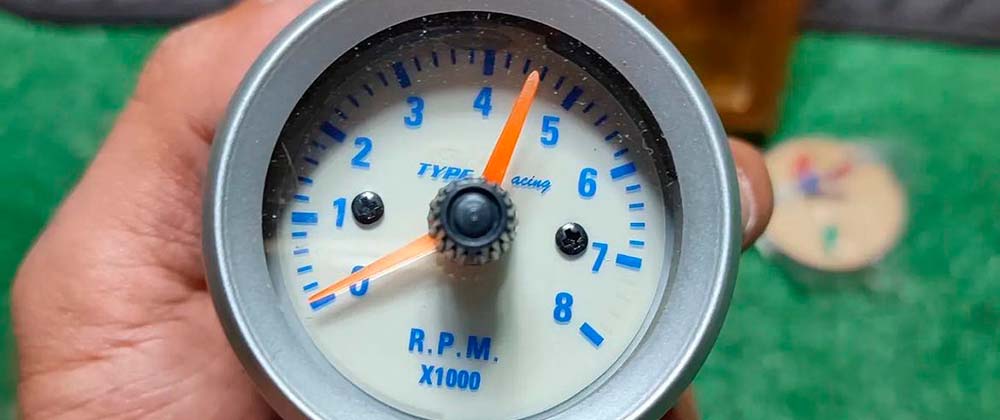If you are looking for an easy and cost-effective way to monitor the speed of your vehicle, then installing a tachometer is a great option. A tachometer, or RPM gauge, tracks the rotational speed of an engine and can help you maintain optimum performance and fuel efficiency. While the idea of fitting a tachometer might appear challenging, it’s actually quite straightforward with the correct tools and guidelines at your disposal. This guide offers an extensive, step-by-step approach to successfully installing a tachometer. We will walk through mounting the gauge in your dashboard, connecting wires to the correct locations, and setting up your tachometer. Whether you are a car enthusiast looking for increased performance or simply want to be able to monitor your vehicle’s RPMs, this guide will teach you how to install a tachometer with ease. So, let’s get started!
Tools and Materials Needed
Before embarking on the installation of a tachometer, it’s important to have all the necessary tools and materials at hand. You will need a tachometer kit that is compatible with your vehicle. This kit typically includes the pressure gauge and the wiring necessary for setting it up. Additionally, have a set of screwdrivers, both flat-head and Phillips, to handle various screws and fasteners. Wire strippers and crimpers are essential for cutting and securely joining wires. Electrical tape will be needed for insulating connections and ensuring they are safe and durable. With these tools and materials ready, you’ll be well-prepared to tackle the installation process.
Step-by-Step Installation Instructions

With all the required tools and materials ready, let’s move forward and start the process of installing your tachometer. Here are the steps you need to take in order to successfully install a tachometer in your vehicle:
- Start by mounting the tachometer in your dashboard using the drill and bit. Ensure that everything is correctly aligned before initiating any drilling.
- To ensure safety when working with electricity, the next step is to disconnect the negative battery cable from your car’s battery.
- Once disconnected, locate a good place to mount your tachometer’s sending unit (usually near your spark plugs). Now secure this unit in place with screws or bolts as necessary.
- Connect one end of a wire from the sending unit to an ignition coil terminal on your vehicle’s engine block (this should be indicated by an accompanying diagram on how to install a tachometer). Make sure all connections are securely fastened with electrical tape or other suitable material for insulation purposes when complete wiring installation is done at this point.)
- With the wiring complete, connect the opposite end of the wire to the tachometer gauge’s terminal marked “SENDER.”
- At this point, you can reconnect the negative battery cable and turn on your car’s ignition.
- Finally, use a voltmeter to test if electricity is reaching your tachometer gauge and adjust accordingly until it is working correctly.
Final Steps and Tips
Once all wiring has been completed, some important final steps will ensure you have properly installed your tachometer and that everything is working well. First, check all connections for any potential loose contacts or shorts in the wires which may cause problems while operating at high speeds or under stress conditions. Also, make sure that you have securely fastened all screws and bolts to minimize vibrations which could potentially damage the gauge over time. Finally, take into consideration mounting orientation when installing your tachometer in order to best view it while driving as adjusting this afterward can be quite difficult depending on certain models of gauges available in the market today. Also read about the Compression Test on a Car.
Conclusion
Setting up a tachometer in your car is a simple and direct task that can greatly improve your overall driving experience. Not only does it provide vital information about your engine’s performance, but it also adds a sporty touch to your vehicle’s interior. By following these steps carefully and ensuring all connections are secure and accurate, you can enjoy the benefits of having a tachometer without the need for professional installation. No matter the situation, keeping safe should always be your top priority. If you ever feel unsure of how to proceed, it is best to seek advice from a qualified expert. Happy driving and enjoy the new addition to your dashboard!



